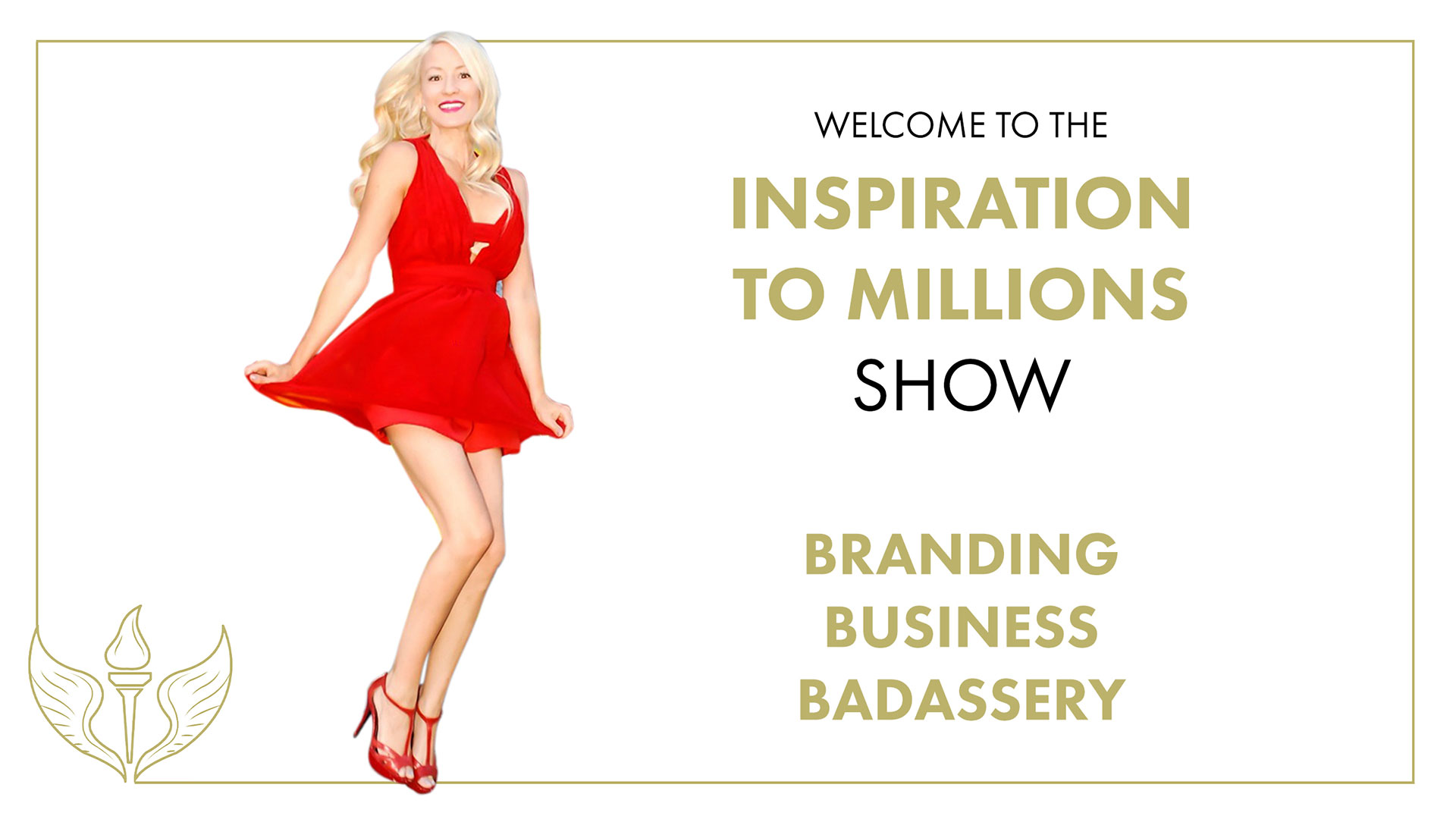There’s no doubt that guilt can be a powerful call to action. Especially if you think of it in terms of our conscience, right? Our inner moral compass kicks in and starts chirping in our ear like Jiminy Cricket anytime we even so much as contemplate taking actions that are in conflict with our values and ethics.
In the Disney version of Pinocchio, Jiminy Cricket advises Pinocchio to “Always let your conscience be your guide.” And the moment Pinocchio dismisses the advice, is the moment things begin to go awry. The original version was written by Carlo Collodi, and his brilliant story, this metaphor for the human condition, had such a powerful impact on the world that to this day it remains the most widely-translated and widely-read piece of Italian literature, second only to the Bible.
So is that a testament to the power of guilt in marketing, or is it a testament to the power of redemption in marketing? Perhaps the two go hand-in-hand.
You know, I think it bears mentioning that the Disney version of Pinocchio really sugar-coats the original story, where Pinocchio actually chucks a hammer at Jiminy and kills him within moments of the little cricket trying to explain to Pinocchio that his actions are wrong and will have negative consequences. I guess he just didn’t want to hear it. Don’t worry, the cricket comes back later as a ghost, and then the fairy brings him back to life at the end…don’t wanna ruin anyone’s childhood here.
I’m just saying, guilt is a painful emotion, an experience of regret and self-blame. It makes a person want to escape from themselves, or turn back time, or do anything to make things right again. But that’s what makes it so powerful! Research has shown that in situations where a brand, often a non-profit, has the goal of trying to compel a person to stop a taking a particular action, such as drinking or smoking—when they employed fear as their main tactic by delivering death rate statistics, showing them harrowing images of the physical effects it can have on their bodies, or introducing them to case studies about how hopeless life can become from continuing down their destructive path, the effect these scare tactics would seem to hit them at first, and then wear off quickly. Often people would just get overwhelmed, and feel like the habit was too big and strong and scary for them to ever be able to defeat. So they might as well give up hope.
The goal of scaring them into wanting to break away from the habit was not effective. What WAS effective is instead of showing them what they were doing to themselves, they instead began showing them what their destructive habits were doing to the people around them. The people who love them. They started using guilt instead of fear to motivate people to get better, if not for themselves, than for the ones they loved. And the message started getting through, and many people did and do recover through the use of guilt tactics. It wasn’t long after this discovery that interventions became a thing.
Guilt is a POWERFUL motivator. And it CAN be used in marketing successfully to grow a brand, but here’s what is SO important to acknowledge when considering how to tap into this powerful emotional trigger. The guilt alone is not what motivates action, the guilt alone is painful and isolating and incredibly uncomfortable. What motivates the action is when that guilt is met with the possibility of redemption.
Keeping that in mind, I have for you,
The Three Things To Understand About Using Guilt in Branding
Number 1: Here’s Why It Works
Fear comes and goes, but guilt is an emotion that will just sort of linger, and most people have guilt in some form or another. The most common reasons that people have lingering guilt is from not being more available—having more time— to spend time with families, not having more money or being more successful, skipping the gym, splurging on unhealthy food…all very common, very human situations people find themselves navigating in life everyday.
Let me tell you about a very effective marketing campaign that I found that successfully builds a brand by using the emotion of guilt. A campaign launched by Craftsman power tools. One ad shows a man holding a line trimmer, you know like a weed whacker- anyway he got this propane-powered machine in his hands, he’s out working in his own yard, blue sky, look of calm determination on his face, and the ad reads, “Cleans Your Yard. Clears Your Conscience.” Boom. Not guilt, but guilt-aversion is the real key to this campaign. Another ad from the same series shows a guy using a nice lawnmower, and it says “Cuts Grass. Cuts Time.” This will speak to the many people who work all week, only seeing their kids at night, and when the weekend rolls around they can either choose to spend it with their family, or lose a whole day catching up on yard work. But can you see how subtle, human, and relatable it is? No shame, no blame, just life on life’s terms—and a solid product that can make your life better and easier.
Another example would be the Skinny Cow brand. Their motto is “Life is meant to be lived, fun is meant to be had, and dessert is most definitely meant to be eaten.” They’ve created delicious treats for people who would otherwise beat themselves up for indulging, and they alleviate that painful self-shaming tendency by offering a way to treat yourself without the guilt. In fact there are many healthier alternatives to classic comfort foods on the market today, and their main sales point isn’t that the products have less calories, or carbs, or whatever. The decision to buy is emotional, and the motivation to buy these treats, is strongly rooted in the desire to seek guilt-aversion.
It’s not for the brand to layer on the guilt. It is for the brand to recognize the guilt that is already there, and be a compassionate and trusted ally in creating an opportunity for redemption.
Number 2: Here’s Why It Doesn’t Work
There’s several reasons why using outright guilt tactics in branding can backfire. People can get defensive, feel attacked, or unfairly judged. A big reason why guilt tactics don’t work is because they raise suspicions. Scams often operate that way. Ever hear about marketing schemes that hire really charming and manipulative people to try to convince others that in order to be successful they need to be willing to mortgage their home, dip into their kids college funds, sell all your assets, do whatever it takes to invest NOW because that’s the kinda risk that really pays off. That’s how the top dogs do it. It’ll all be worth it, and if you’re not willing to do that then maybe you just don’t have what it takes, don’t have the heart, don’t have the stomach, don’t really want to be successful, or provide a better life for your family…
Buyers are MUCH more sophisticated now that the internet has leveled the playing field, and they are no longer buying blind. Now we google businesses, and we read reviews and we are far more connected than ever before, but the lingering effects of these scams still remain. And people do still fall victim to them.
Using guilt as a marketing tactic is a fine line, between emotional fulfillment and emotional manipulation. And because it is one of the emotional triggers in branding that falls on the negative spectrum, it’s up to your brand to bring in the love.
Another reason guilt doesn’t work, is because studies have proven that people with high self-esteem feel a natural aversion to guilt messaging in branding. It’s just not their tribe, no matter how great the product or service, and regardless if they could really benefit from purchasing it. The decision to buy is emotional, and we want to align ourselves with brands that are building communities that make us feel at home.
In general, most research will affirm that guilt tactics are most effective when the goal is to appeal to a person to stop taking a certain action, and for product sales a positive message has a much cleaner shot at inspiring a person to buy. It’s the responsibility of the brand to bring the positive, to BE the positive, when using negative emotional triggers.
Number 3: Here’s How It Can Work For You
Well, what are the common, human, relatable lingering guilts that circle around your ideal individuals? And how can your brand offer them relief or redemption? Alongside most guilt comes the strong desire to set things right.
Motivation is increased as your Ideal Individual’s feelings of competence and self-determination are increased. So create a brand who is a strong supporter, and a relentless believer in your Ideal Individual’s ability to step into the greater future promised by your brand.
If you make them feel capable, worthy, and supported enough to take the necessary actions to reduce their guilt, then you are stirring up a seriously powerful motivation for them to join your brand community. Therefore, focus your efforts on reassuring your Ideal Individuals that they are easily capable of living into a Greater Future with the help of your brand. Make them a promise, and then keep it again and again, so they tell their friends with certainty that your brand is the real deal.
So now you know The Three Things To Understand About Using Guilt in Branding: How It Works, How It Doesn’t Work, and How It Can Work For You. Using this guilt in your branding message comes with great responsibility, so root your efforts in love, and with a desire to make people’s lives better. I always tell my client’s “If it ain’t got heart, go back to the start.”
Thank you so much for joining me! If you enjoyed this article be sure to follow me on FB and YouTube so you don’t miss a single thing. I release new videos every Tuesday and Thursday, so treat these episodes as a masterclass for becoming an Inspiration to Millions with Branding. And as always the way to becoming an Inspiration to Millions starts with our motto: Love What You Do and Love How You Do It.

